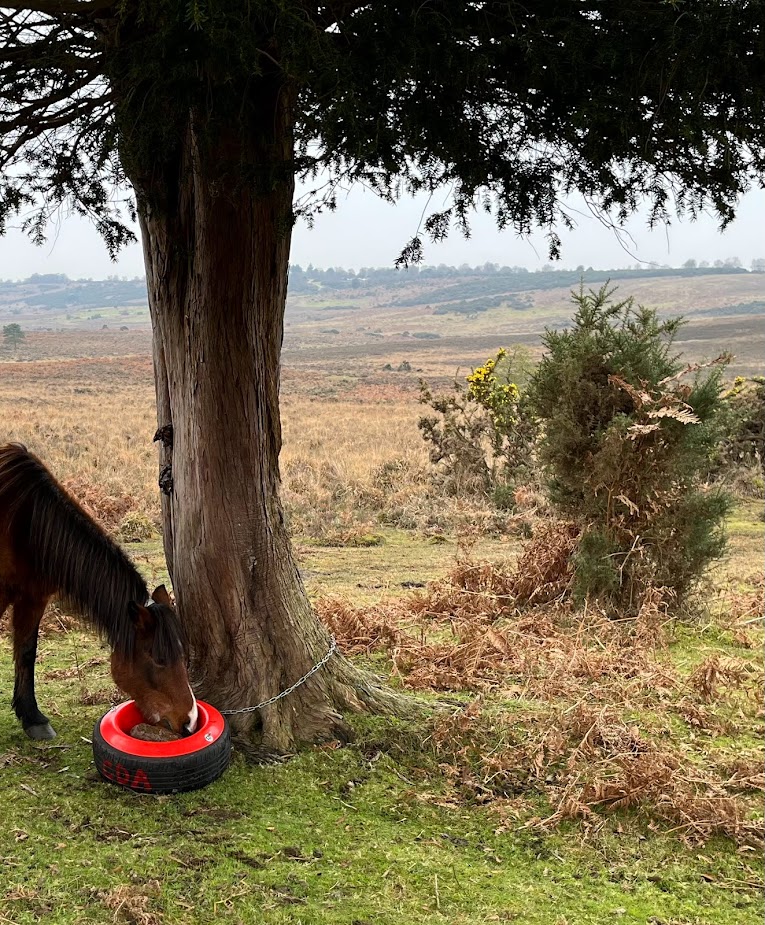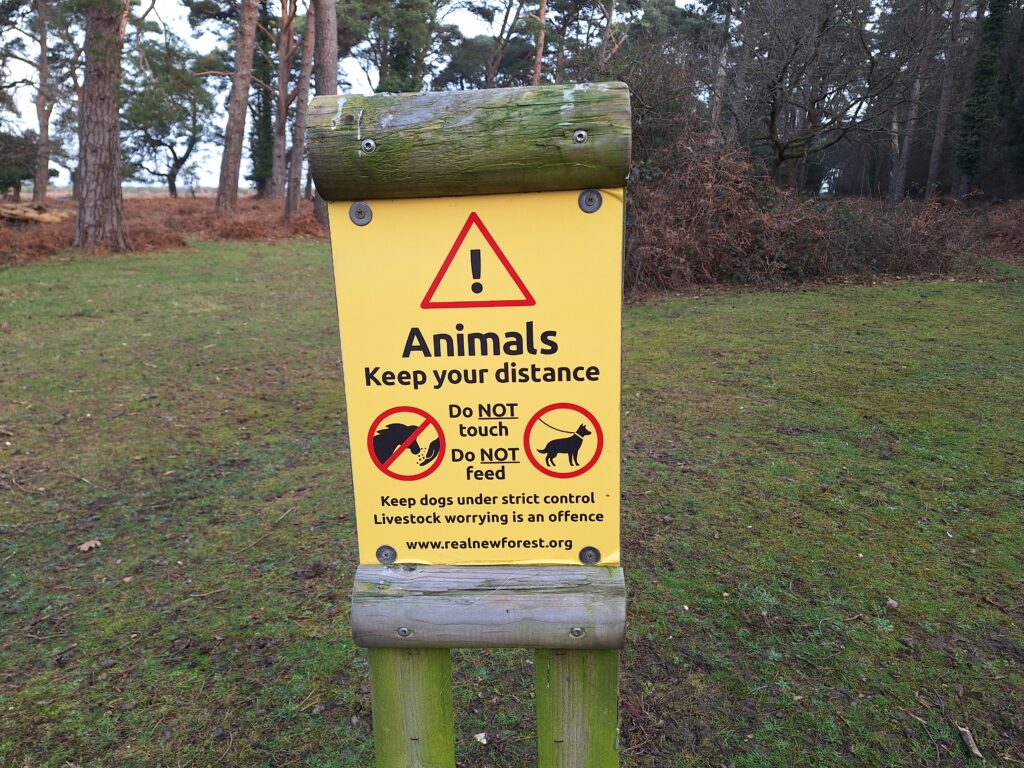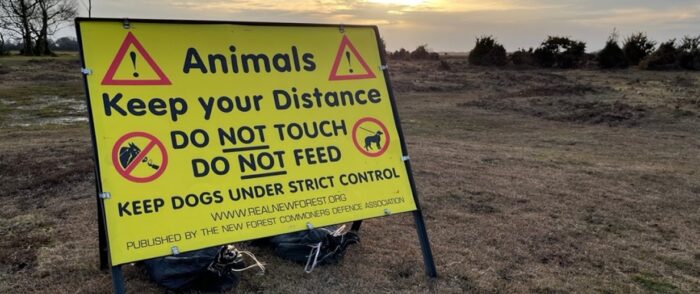How salt licks, signs and fences are helping keep New Forest livestock safe
This is a report on salt licks, signs and replacement fences in the New Forest, organised by CDA committee member Tony Vanderhoek. The report was first published in the CDA annual report for 2024/25.
Salt licks
The CDA salt lick project is now in its fourth season led by Bill Howells and myself.
After a trial over three winters up along the B3078 Cadnam to Fordingbridge with 17 salt licks sited, it was decided that we should now extend it to the B3054 Dibden to Beaulieu/Beaulieu to Lymington road.
The accident figures seemed to show a reduction in the B3078, with the highest number of accidents now along the B3054. We were a bit late in getting the salt licks out this year (24/25) as we had to renew the Forestry England licence and a risk assessment to include the B3054. This also involved a ‘recce’ along that stretch of road to figure out their best sites and how many we would need for FE to agree on before issuing the licence.
Thirteen more salt bins were needed, so Bill and I set to work sourcing old tyres that were the right size and buying the bowls, chain, shackles and bolts to finally putting them together them in Bill’s workshop. Once made, we put them out as soon as we could with the salt blocks. A total of 30 bins are now sited.

The salt lick scheme is one initiative trying to reduce the number of animal accidents
This attracted media attention and BBC South Today paid us a visit. This was aired on TV and on radio/social media at the end of January with valuable contributions from Gilly Jones and Hampshire Police highlighting animal awareness whilst driving through the Forest. All helpful stuff.
The good news is that 2024 had the lowest animal road deaths recorded. Let’s hope we can reduce the animal accidents even more with the combination of all the initiatives that we have ongoing in the Forest. We would like to add that The New Forest Trust are now kindly funding this project.
Signs
The CDA and has for several years organised the production of signs sited mainly at the Crown lands Forest car parks to try to prevent visitors from feeding, petting and generally to keep away from our livestock with also messaging to keep dogs under control. Although they won’t totally prevent this interference, it does certainly help.
Quite a lot of effort has been made by all involved to originally initiate and fund this, but it is now generally accepted that this is important and should continue to help protect commoners and visitors alike.
The first livestock signs produced about five or so years ago certainly created a lot of attention and since then have been replaced with more permanent yellow ‘no feeding’ signs on posts mainly at the Forest car parks and camp sites. At the same time as both these sign formats were deployed, 32 large yellow roadside (‘A frame’) signs were used especially in times of peak visitor pressure that were funded by the FE, Verderers and CDA.
Liked by Rangers, this made their job easier in educating the public when caught interacting with the livestock. Forestry England were deploying these but have now decided that they will only deal with the smaller yellow ‘no feeding’ signs on posts.

Keep your distance from animals sign
The problem with the large signs is that they have a habit of falling over, being trampled upon or being stolen. The surviving 20 or so are still used but now generally at pubs, etc. and off the Crown lands. The yellow ‘no feeding’ signs at the car parks are generally holding up okay and I was pleased to see that the Rangers look after them by cleaning them on their visits.
There are no plans at the moment to change or add what are out there now, but at some point we will have to decide on where we go with the signs. With incidents involving livestock, signs are all important.
The future difficulty is how much signage and where without ruining the character and look of the Forest.
Other signs that are being used are ‘slogan signs’. These were originally produced by Hampshire County Council to be fixed around different locations on their signposts and ‘rotated’ around to a seasonal timetable so that drivers would still be made aware of them without the message going stale.
These have now been used for about two years now and does require a lot of effort to keep moving them around. The CDA along with the great help of the Young Commoners are keeping this going and hopefully making an impact.
Fencing
In late 2020, I submitted a presentment to try to resolve the very poor fencing at Cadnam along the A337, as we were especially worried about our animals breaking through and wandering on to that busy road.
This led to further discussions about the general poor fencing throughout the Forest ‘A’ roads and a further presentment was submitted shortly after (during lockdown) on behalf of the CDA to completely replace the poor fencing along all the Hampshire County Council-controlled ‘A’ roads throughout the Forest with higher quality fencing.
A bit of persistence paid off and eventually HCC agreed to replace all this fencing with wooden post and rail/stock netting. Understandably, they didn’t have the funds to do it all at once but over a period of time.
Four years later, I’m pleased to see that large stretches have been replaced. The fencing is far more robust and stock proof and can better cope with fallen branches landing on it. Any breakages tend to be very localised to one top rail rather than pulling down a whole stretch of weak post and wire fencing.
Another benefit about this fencing is that it is highly visible from the road (and in my opinion more pleasing to the eye) and any damage can be quickly and easily seen and reported in comparison to the post and wire.
The only problem we will face in the future that I can see is that the wooden posts nowadays have poor quality preservation and can rot off at the base much faster than in the past (especially in wetter areas). It’ll be interesting to see how long these last before needing replacing.
The fact that the fencing is being replaced over a time means that at least it won’t all need doing at once! It’s good to see that HCC is taking this seriously and doing what it said it would do.
Future funding is uncertain though as councils are surviving on less and less money. We will have to wait and see what happens, and hope for the best.
Tony Vanderhoek, CDA Committee member
Other articles from CDA annual report
- Birch felling, track repairs and bridge battle among key issues on open Forest
- The ongoing challenge of encroachments for the New Forest CDA
- Campaigning continues to help reduce number of New Forest animal accidents
- New Forest Young Commoners: ‘A pivotal time to stand up, be counted and take action’

Members Login
 Latest Tweets
Latest Tweets
Follow us
@realnewforest 4h
Icilibus sam quas aut eriatem nume corepta auta conet officaborem quodi corepta auta conet officaborem quodi apernat ectlpa dolorpiaecus.
@realnewforest 4h
Icilibus sam quas aut eriatem nume corepta auta conet officaborem quodi corepta auta conet officaborem quodi apernat ectlpa dolorpiaecus.
@realnewforest 4h
Icilibus sam quas aut eriatem nume corepta auta conet officaborem quodi corepta auta conet officaborem quodi apernat ectlpa dolorpiaecus.
With thanks for support from




